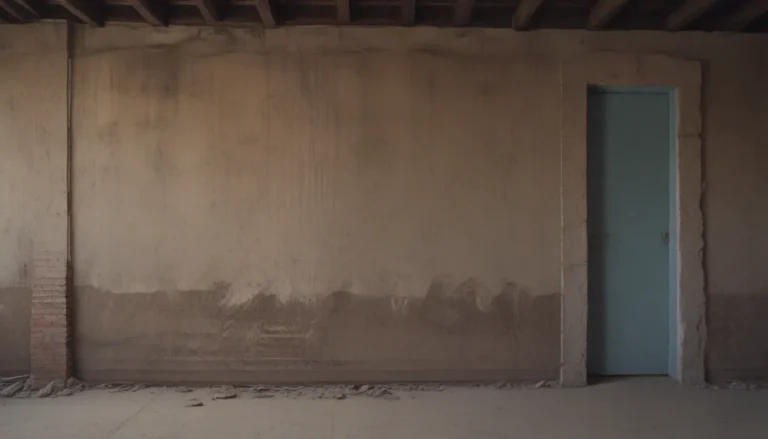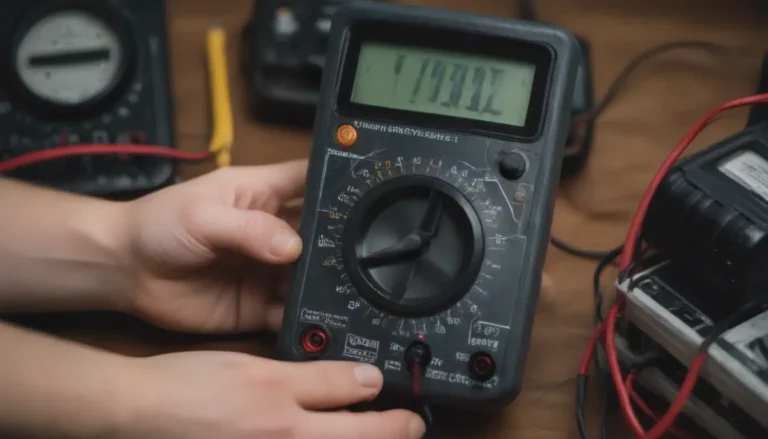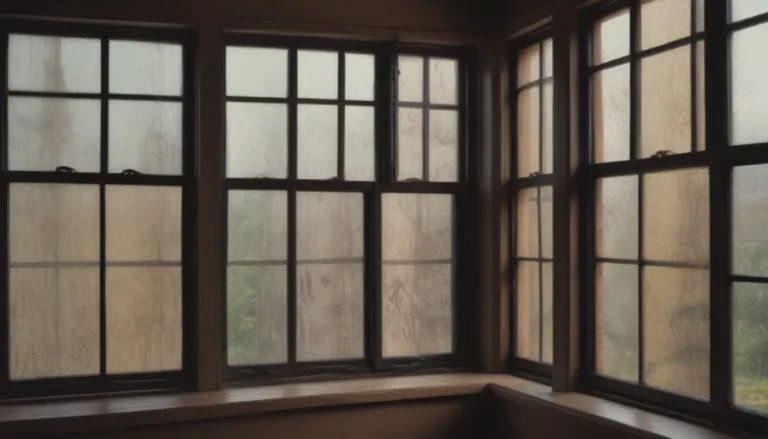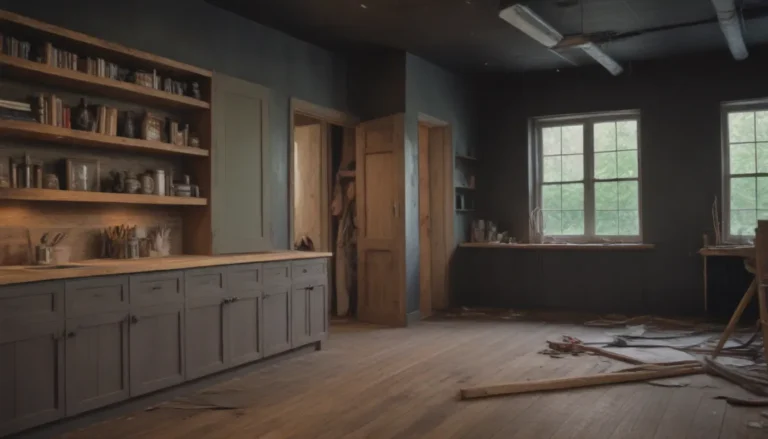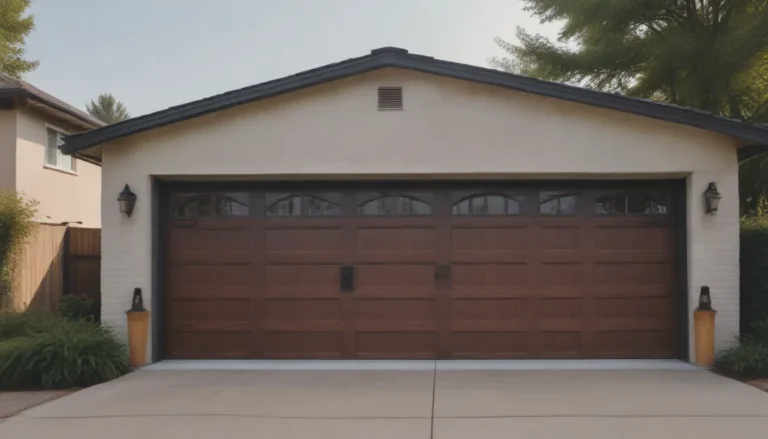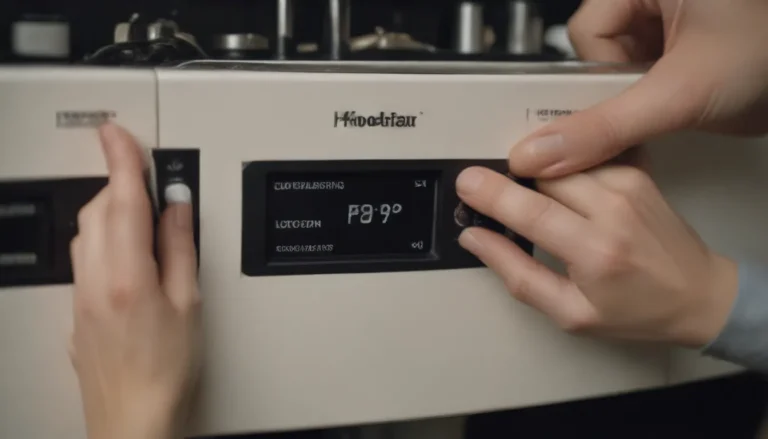Joint Compound vs. Spackle: A Comprehensive Guide for DIY Enthusiasts
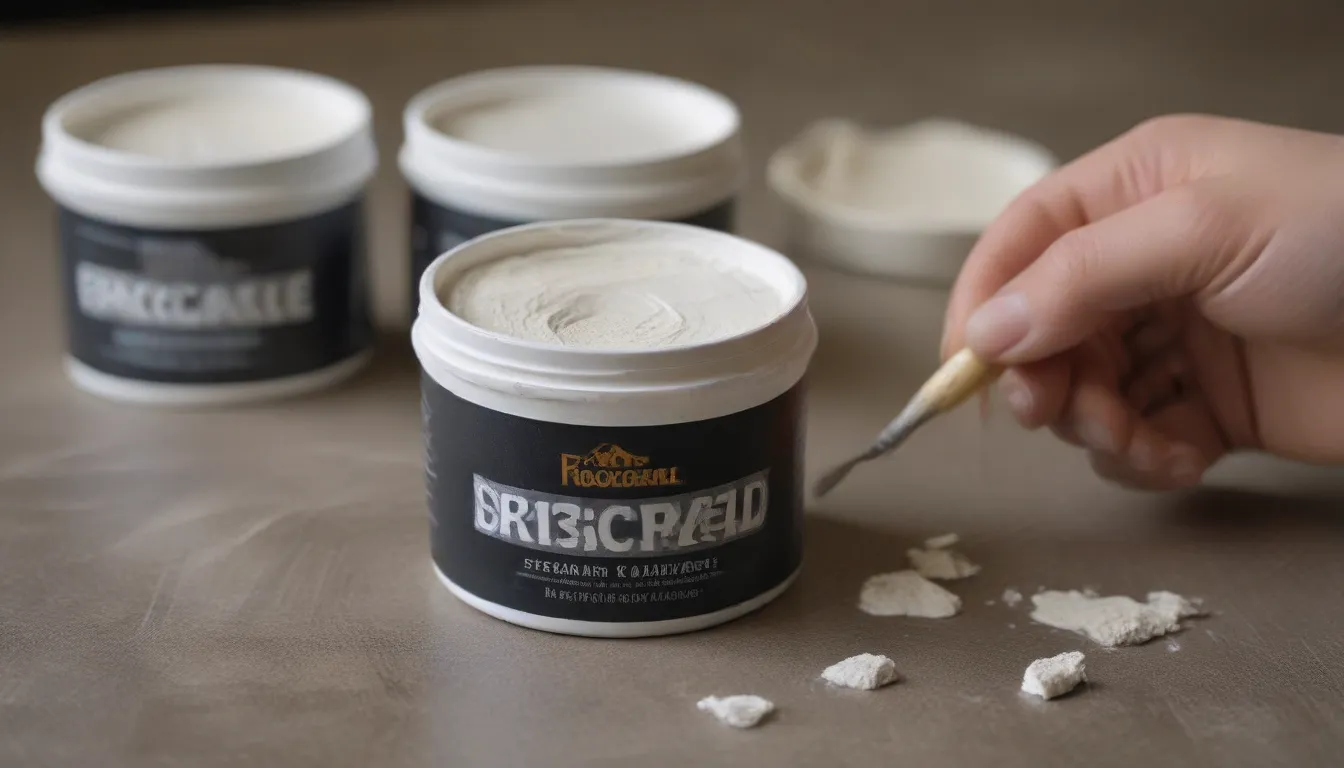
If you’re a DIY enthusiast working on home projects involving drywall, you’ve likely come across joint compound and spackle. These essential materials both play a crucial role in the installation and repair of drywall. But what exactly distinguishes joint compound from spackle? Are they truly interchangeable? Let’s delve into the nuances of these products to understand when and how to use each effectively.
Understanding Joint Compound
Joint compound, also known as drywall mud, is a versatile material primarily composed of gypsum and limestone. In addition to these main ingredients, you’ll find a variety of other components like clay, mica, perlite, and starch in different types of joint compound. The consistency of joint compound is similar to mud, hence its colloquial name.
Uses of Joint Compound
The primary function of joint compound is to seam and smooth new drywall installations. It comes in both pre-mixed containers and powdered forms that you can mix with water. Additionally, joint compound is handy for fixing small holes, smoothing out wall dents, and making minor repairs on plaster walls. While it can be used for filling holes, joint compound is designed for covering larger areas, making it ideal for large-scale wall projects.
Types of Joint Compound
There are four main types of joint compound, each tailored for specific applications:
– All-purpose: Versatile compound suitable for various tasks.
– Topping: Designed for the final coat and finishing touches.
– Taping: The go-to compound for embedding joint tape.
– Quick-setting: Ideal for projects that require a faster drying time.
Cost and Considerations
Joint compound is relatively cost-effective, but it may not be practical for minor repair projects due to the large quantities typically sold. Additionally, achieving a smooth finish with joint compound requires practice and patience, as it can be challenging to work with its consistency. Keep in mind that joint compound takes up to 24 hours to dry completely, making it crucial to plan your project timeline accordingly.
Unveiling the Secrets of Spackle
Spackle, another essential material for drywall work, is made of gypsum powder and binders, providing a thicker consistency than joint compound. It resembles the texture of toothpaste and is available in pre-mixed tub containers with different grades suited for specific applications.
Uses of Spackle
Spackle is perfect for filling in small dings, nail holes, and minor damaged areas on walls. Unlike joint compound, spackle dries relatively quickly (usually within 30 minutes), making it ideal for small repair jobs. Its thicker consistency and elastic properties, thanks to the binding agents, prevent cracking and shrinking when dried. While slightly pricier than joint compound, spackle often requires only one coat to get the job done efficiently.
Types of Spackle
Various types of spackling compounds cater to different needs and surfaces:
– Lightweight spackling compound: Ideal for lightweight repairs.
– Standard/all-purpose spackling compound: Versatile option for general repairs.
– Vinyl spackling compound: Suitable for exterior applications.
– Acrylic spackling compound: Offers enhanced durability and flexibility.
– Epoxy spackling compound: Known for its strong adhesion properties.
Cost and Efficiency
While spackle may come in smaller containers, you’ll only need minimal amounts for each project, ensuring a single tub lasts for an extended period. This makes spackle a cost-efficient choice for homeowners tackling minor repairs. Additionally, the enhanced coverage and quick drying time of spackle contribute to its overall efficiency in small-scale projects.
Choosing Between Joint Compound and Spackle
Deciding whether to use joint compound or spackle largely depends on the scope and nature of your project. For small cracks or nail holes, spackle is typically sufficient. However, when dealing with larger cracks or holes in the wall, opting for joint compound, along with drywall tape, is necessary for a durable repair.
In conclusion, both joint compound and spackle have their specific roles in home improvement projects. By understanding the unique properties and uses of each product, you can confidently select the right material for your drywall needs. Whether you’re smoothing out new drywall installations or patching up minor imperfections, joint compound and spackle are indispensable tools in your DIY arsenal.
